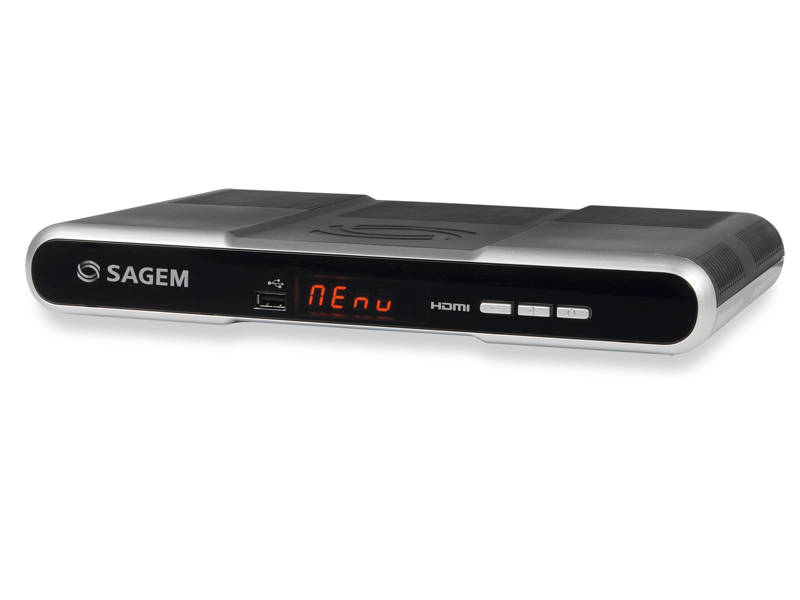TechRadar Verdict
Some of the quirks that marred the 67250, notably the EPG slowdown, haven't been addressed. Nonetheless, while it may not have the third-party app support enjoyed by similarly specified (costlier) machines like the Topfield 5810, the 67500 is good value, especially if you plan to make the most of its multimedia and exporting features
Pros
- +
Large hard disc
- +
Multimedia playback exporting
Cons
- -
HD upscaling not great
- -
Display is basic
Why you can trust TechRadar
Over the past 12 months or so Sagem has been quietly ramping up the features in its Freeview PVRs while managing to keep down the price. The DTR 67500 Eco is a perfect example of this.
It has a 500GB hard disc capable of storing 250 hours of TV, Freeview+ certification (so supports series link and accurate recording) and HDMI out with upscaling yet still comes in at a reasonable £180 (a 320GB version, the 67320, is also available for £150).
The casing remains pretty much unchanged from the 67250. It's a step up from early Sagem Freeview recorders but the amber LED display (which shows the time when in standby) still looks a bit cheap. The Eco in the name refers to the fact that the receiver uses a reasonable 15W in operation and 2W when in standby.
Good connections
Connections include the HDMI, component video outputs, twin Scarts with RGB and composite out on each, plus S-video on the VCR Scart. There are also optical and coaxial digital audio outputs for digital audio. A front-mounted USB port is included for inserting FAT32 formatted flash drives and hard discs for importing and exporting MP3, JPEG and MPEG-2 files (recordings are stored as transport streams).
The remote is fairly unchanged from the 67250T with simultaneously coloured and lettered buttons frequently employed to make navigating the menus more intuitive. The EPG supports seven days of Freeview data displayed as a grid with the option to have the selected channel running in the top-left corner of the screen.
You can view data for TV and radio channels up to seven days in advance (skippable day by day) with programme synopses displayed in the top right. Or you can view lists of programmes by channel or filter the EPG to only show programmes of a certain type, favourite channels or channels of your choosing.
Sadly, as was the case with the 67250, the EPG is frequently sluggish in operation when you're recording at the same time. The programme information banner shows now-and-next data that can be expanded to give synopses. You can pick shows from the recording library without having to dip into the menus.
Recordings can be scheduled from the EPG and are added to the manually confi gurable timer menu which has single, weekly, daily and Monday to Friday/Saturday/Sunday options. You can record two channels at once and timeshift one while recording another or browsing the menus.
Recorded and timeshifted material can be fast forwarded and rewound at 4x, 10x or 60x, 300 or 600x normal speed. You can rename recordings, put them in folders, PIN-lock them and merge them into one file.
The recording format is the native transport stream (MPEG-2TS) equating to about 1.7GB an hour on average. Recordings can be exported to (and 'from' if you happen to have any transport stream files sitting around) USB connected drives. The receiver also plays back MPEG-2 files. There's no DivX or MP4 support, though this may be added as an update in future. Also playable are MP3 and JPEG files with playlist options for all.
Pictures from the 67500's tuners are decent if not exceptional. Upscaling helps to address incidences of artefacting but it's more of a case of smoothing the edges rather than delivering an enhanced feeling of crispness.
Nevertheless, the quality of recordings matches the original broadcast and we were able to play exported recordings on our laptop using VLC software. Audio performance is also sharp and clean, especially via the digital outputs, with high-quality MP3s rendered with faithful punch.
Follow TechRadar reviews on Twitter: http://twitter.com/techradarreview
